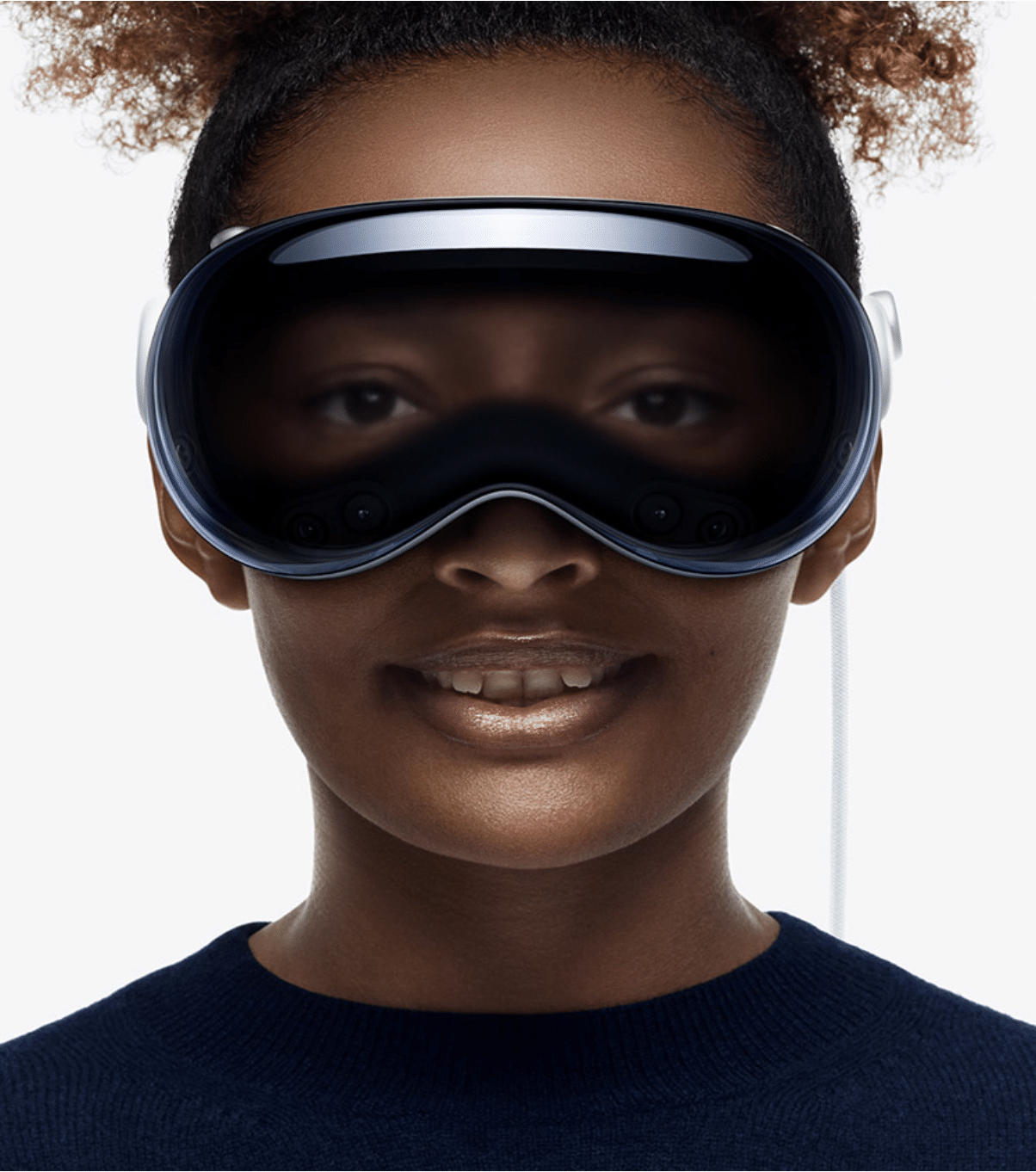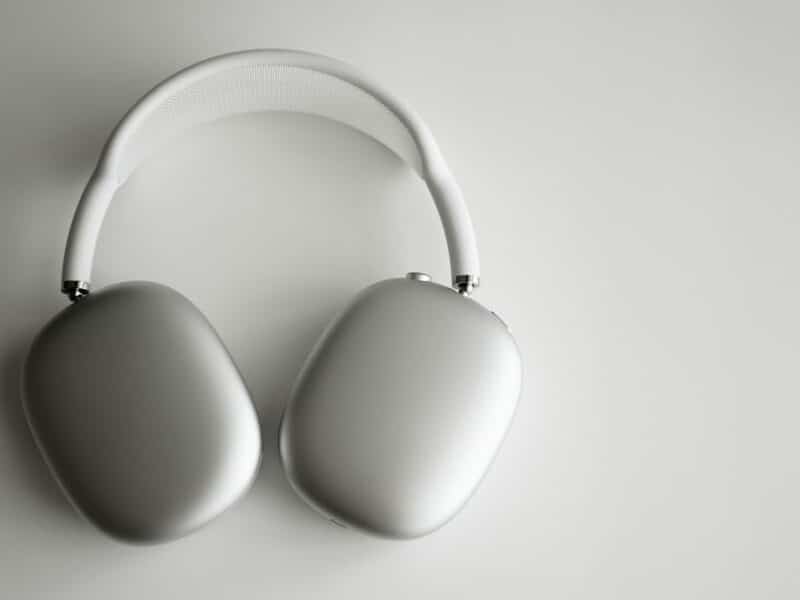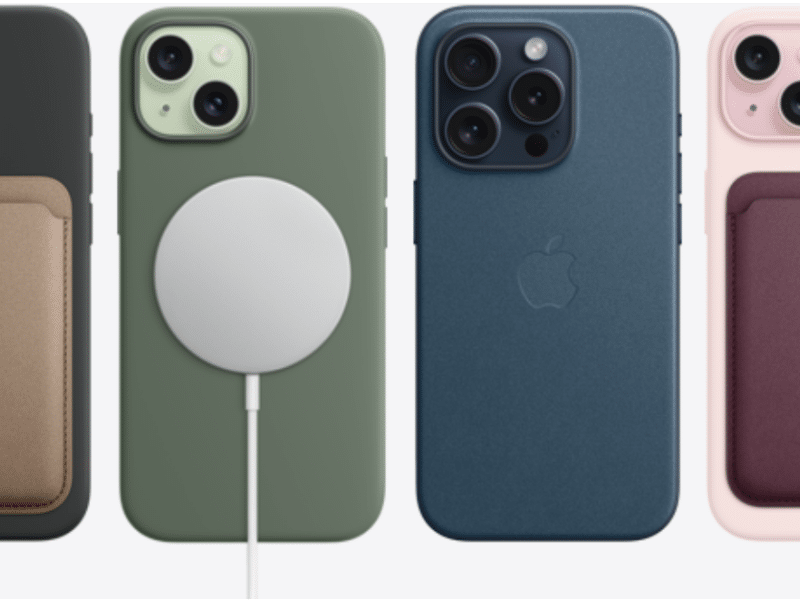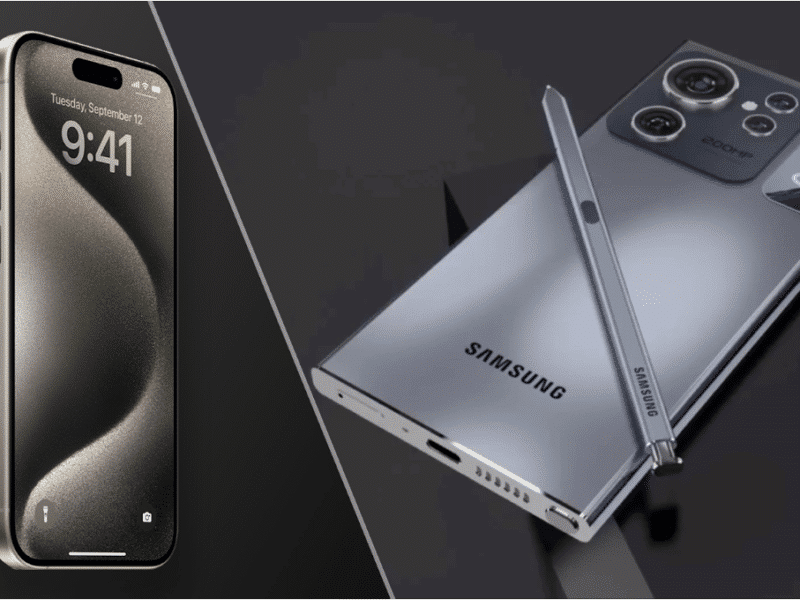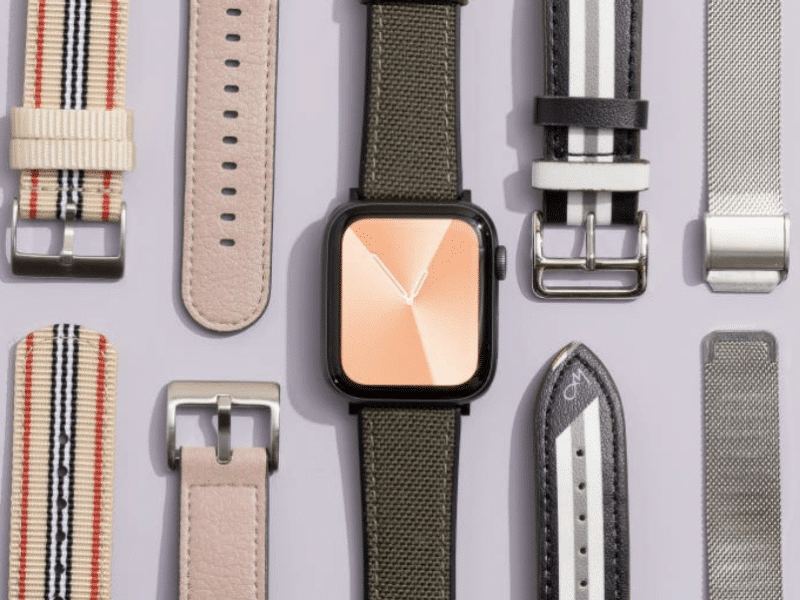Is the Apple Vision Pro headset worth the hype? Let’s dig into some early reviews.
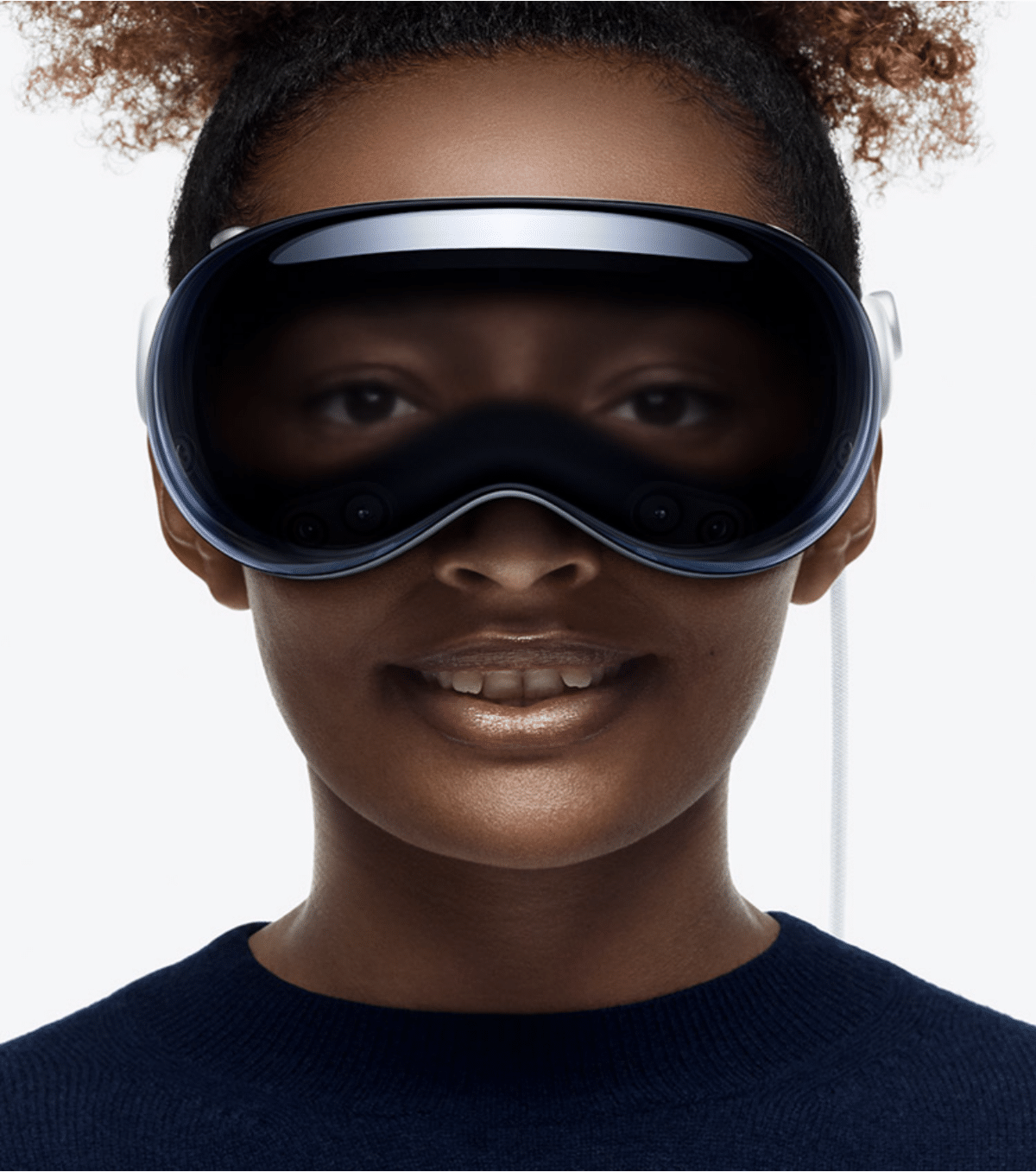
Apple recently dropped the curtain on their much-anticipated AR/VR headset, the Vision Pro, at the yearly Worldwide Developers Conference (WWDC) on June 5, 2023. Billed as a “game-changing spatial computer” by Apple, the Vision Pro aims to fuse real-world and virtual experiences for both fun and work.
It boasts a double M2 and R1 chip, stunning 4K visuals for each eye, a two-hour battery life, and a nifty feature named EyeSight. This tech shows your eyes on the front screen while you’re exploring in AR mode. You use your eyes, hands, and voice to steer the system. Slated for a 2024 release, the Vision Pro will set you back a cool $3,499 in the US.
Sure, the release announcement was jam-packed with specs and sneak peeks. But only a chosen few got to play with the gadget at Apple Park. They enjoyed a quick 30-minute test run with the headset, chauffeured in golf carts to a private testing spot.
So, what’s their verdict? How did the Vision Pro handle in action? And does it justify the price tag? In this piece, we’re diving into the pros, cons, and surprising quirks of the Apple Vision Pro based on these early birds’ feedback. Plus, we’ll be sharing our own take on the device after our detailed examination and analysis.
Apple Vision Pro – The Good
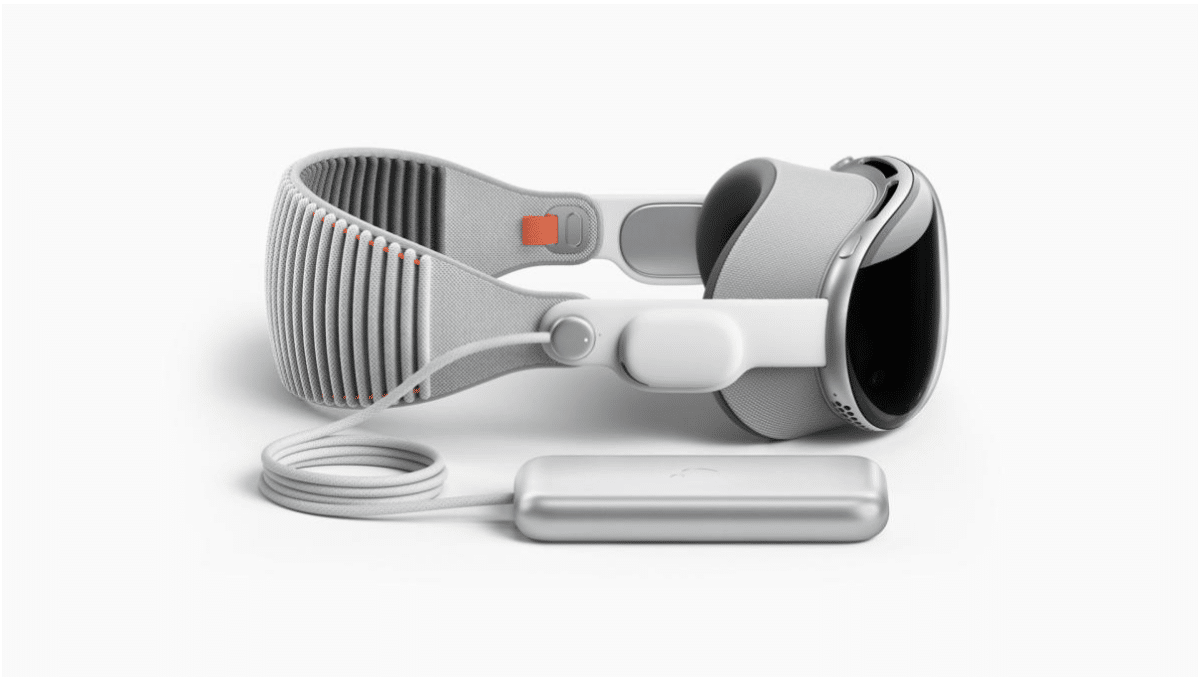
From the feedback of early testers, the Apple Vision Pro brings some noteworthy features to the table that set it apart from the rest of the AR/VR pack. The eye-tracking ability, which lets you direct the system with just a glance, was a standout. Gadget guru and YouTube sensation, Marques Brownlee, labelled the eye tracking as “awesome” and “like nothing else I’ve ever experienced.” He was impressed by the feature’s pinpoint accuracy and responsiveness, likening it to a “telepathic” user interface. Brownlee also had good things to say about the device’s pass-through technology, which allows users to view their physical surroundings via the headset’s display. He applauded it as “the best I’ve encountered” and admired the smooth switch between AR and VR modes.
Another plus point that early users raved about was the display quality, with a 4K resolution for each eye. Nilay Patel, the head honcho at The Verge, described it as “hands down, the best VR display I’ve ever seen,” praising the ultra-sharp and richly detailed visuals. Patel also lauded the display’s high refresh rate and broad viewing angle, contributing to the lifelike immersion of virtual scenes. The intuitive hand-eye control system got a nod too, allowing users to interact with virtual entities using their hands and fingers. Patel found it “super intuitive and natural,” working seamlessly with the eye-tracking feature.
Reviewers also celebrated the device’s entertainment capabilities, particularly when it comes to 3D movie and sports viewing. Brownlee confessed he’d “happily pay to catch an NBA game court-side via the VR headset,” dubbing it “one of the most thrilling things I’ve ever witnessed.” He shared his excitement about watching a 3D movie trailer enriched with spatial audio and haptic feedback. Likewise, Patel was “bowled over” by the cinematic experience, saying it felt like being in a real movie theater. He appreciated being able to adjust the screen size and position with just his eyes and hands.
Apple Vision Pro – The Bad

Despite the impressive features of the Apple Vision Pro, the early testers also found some flaws and drawbacks that might deter potential buyers. One of them is the price, which is $3,499 in the US. This makes it one of the most expensive AR/VR headsets in the market, and many reviewers questioned whether it was worth it. Grace Mayer from Business Insider deemed the cost “a hard sell” and that it might limit the device’s appeal to a niche audience. She further added the device seems to be “still searching for a purpose” and that it was unclear what problem it was trying to solve.
Another issue that the early testers had with the device was the battery life, which is only two hours. This means that you might not be able to enjoy a full movie or game session without plugging in the device. Mark Wilson from TechRadar dubbed the battery life “disappointing” and that it might affect the immersion and convenience of the device. Wilson also noted the headset was “heavy and bulky” and that it felt uncomfortable to wear for long periods of time.
Interestingly, some of Apple’s heralded “innovative” features also took some heat. The 3D camera, designed for snapping photos and videos in 3D, didn’t impress Brownlee. He found it “unexciting” and “kind of odd,” expressing a preference for regular photos and videos. Another feature, digital personas (avatars for FaceTime calls), failed to win over Patel. He found them “unsettling” and falling into the “uncanny valley” territory. He also noted they were prone to lagging and glitches, failing to accurately mimic his facial expressions.
Apple Vision Pro – The Ugly
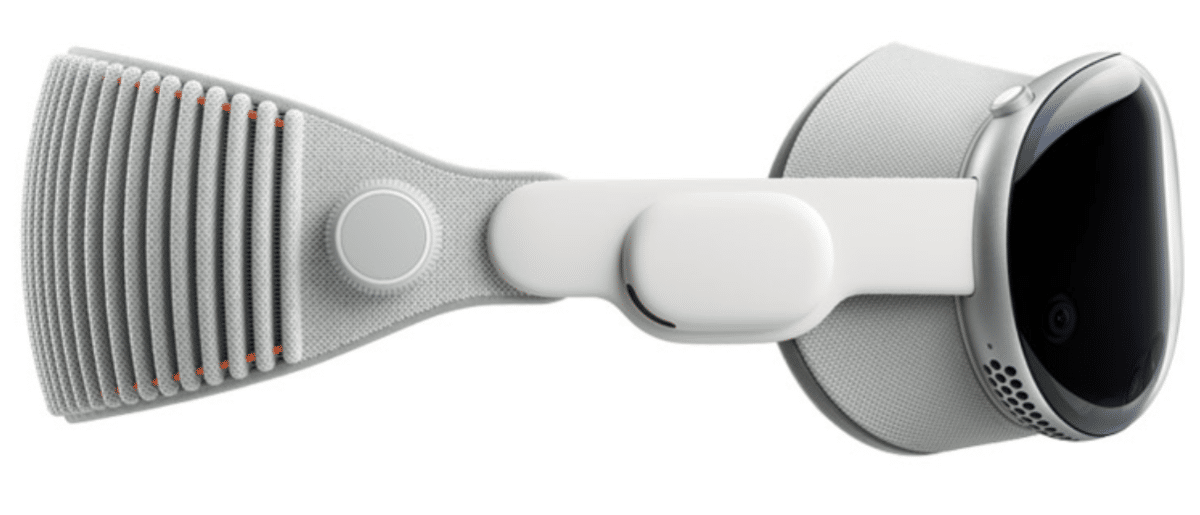
Beyond the previously discussed drawbacks, the Apple Vision Pro harbors some potentially problematic areas that could further affect its appeal.
First off, the device’s privacy and security implications. The Vision Pro employs eye tracking, facial recognition, and 3D cameras, meaning it captures and processes personal and biometric data. This could risk your privacy or identity if the device falls into the wrong hands or gets hacked. Plus, you might find yourself having to agree to Apple’s T&Cs, which could grant them access to your data and behavioral patterns. And don’t forget potential legal and ethical issues around using the device in public or private spaces.
Another tricky area is the social and cultural impacts the Vision Pro could create. The device’s high price could foster a digital divide between those who can afford it and those who can’t. It might also stir social stigma or isolation among those who use it – or don’t. Interpersonal relationships and interactions could be affected too, especially when using digital personas or EyeSight features. Be prepared for potential backlash or criticism from skeptics or those opposed to the device or its underlying tech.
Finally, let’s consider the environmental and health effects. The device might require a hefty amount of energy and resources to manufacture and run. When it reaches its end of life, it might contribute significantly to e-waste and pollution. Then there are potential physical and mental health implications if you use the device frequently or for extended periods. Side effects like eye strain, headaches, and nausea are possible, not to mention potential impacts on your sleep, mood, or cognition.
These are some of the tricky aspects of the Apple Vision Pro you might want to mull over before purchasing or using the device. While they might not be deal-breakers for everyone, they’re definitely worth considering. These factors could also influence the device’s future evolution and adoption.
Apple Vision Pro – The Lovely

Some early users of the Apple Vision Pro Headset have expressed a certain fondness for the device, particularly for its design and aesthetics. They found the headset to be a stunning piece of tech, embodying Apple’s classic style and high quality. The smooth, futuristic appearance, composed of high-grade materials and minimalistic lines, won them over. They also commended the comfortable and ergonomic fit, which felt light and could adjust to various head sizes and shapes. Reviewers found the headset felt like a natural addition to their faces without causing discomfort or fatigue.
Another feature that earned users’ affection was the headset’s seamless integration with the broader Apple ecosystem. They felt the Vision Pro amplified their existing Apple experience and harmoniously synced with their other Apple gadgets. The ease of pairing the headset with an iPhone, iPad, Mac, Apple Watch, or AirPods, and accessing their favorite apps, games, music, and more, was a real treat. They also appreciated being able to use Siri, Apple’s voice assistant, for hands-free control. The feedback was that Siri proved to be quite handy and responsive, adding a layer of convenience and enjoyment to the user experience.
Users also loved the device’s potential for social connection within VR. Brownlee confessed having a ton of fun chatting with friends in VR, comparing it to “a real-life hangout”. He was impressed by the accuracy of his friends’ avatar expressions and body language and even shared virtual high-fives and hugs. Likewise, Patel expressed awe at the social VR features, feeling a palpable sense of being in the same space with others. He shared his excitement about joining various VR rooms and activities and meeting new people from across the globe.
Our Verdict
Based on the early testers’ reviews, the Apple Vision Pro is a mixed bag of pros and cons. It has some amazing features that make it a powerful and immersive device for mixed reality experiences, but it also has some flaws and limitations that might make it hard to justify its high price. It seems that the device is still a work in progress and that it needs more refinement and polish before it can become a mainstream product. It also needs more content and applications that can showcase its potential and value.
Our opinion is that the Apple Vision Pro is an impressive device that shows the future of spatial computing, but it is not for everyone. It is a niche product that appeals to early adopters, enthusiasts, and professionals who want to experience the cutting-edge of AR/VR technology. It is not a mass-market device that can replace your smartphone, tablet, or laptop. It is a device that you might want to try out for yourself, but not necessarily buy for yourself.
If you are interested in buying the Apple Vision Pro, you will have to wait until early 2024, when it will launch in the US. You will also have to pay $3,499 for the device, which is a hefty sum for most people. You will also have to consider the battery life, the comfort, and the purpose of the device. You might want to wait for more reviews, more content, and more improvements before you make your decision. Or you might want to look for other alternatives that are cheaper, lighter, and more practical. The choice is yours.
Apple Vision Pro – Closing Thought
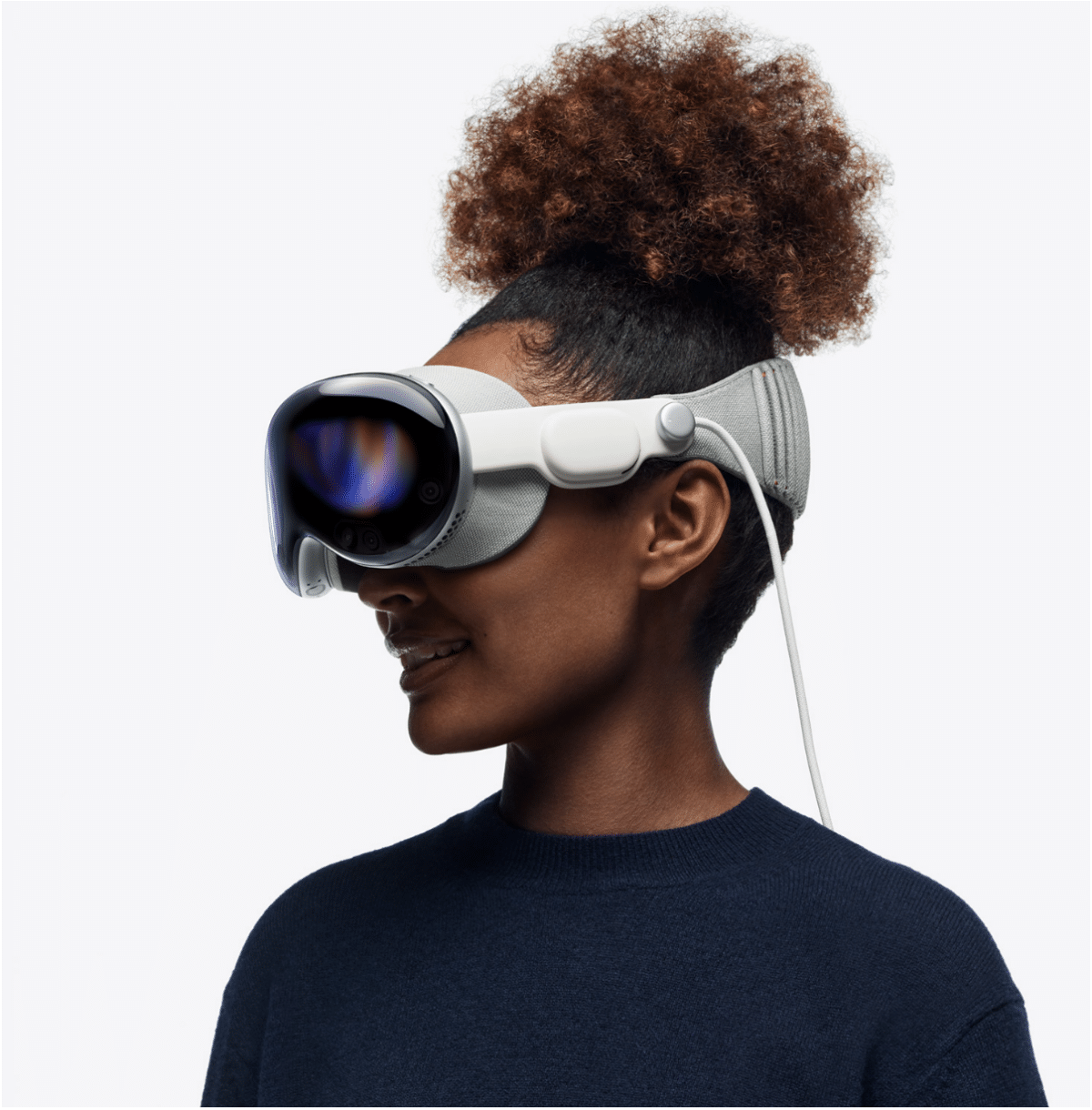
To sum up, we’ve delved into the highs and lows of Apple’s Vision Pro, drawing from early testers’ reviews while adding our own insights based on thorough research and analysis. The Vision Pro, with its stunning mixed reality capabilities, boasts remarkable features like eye tracking, a sharp display, pass-through technology, and impressive entertainment value. But it’s not without its shortcomings, from the steep price, considerable heft, brief battery life, to the underwhelming digital personas and a somewhat elusive purpose. We conclude that while Vision Pro is a revolutionary piece of tech, it’s not for everyone, and its price tag might not resonate with its potential value for every consumer.

